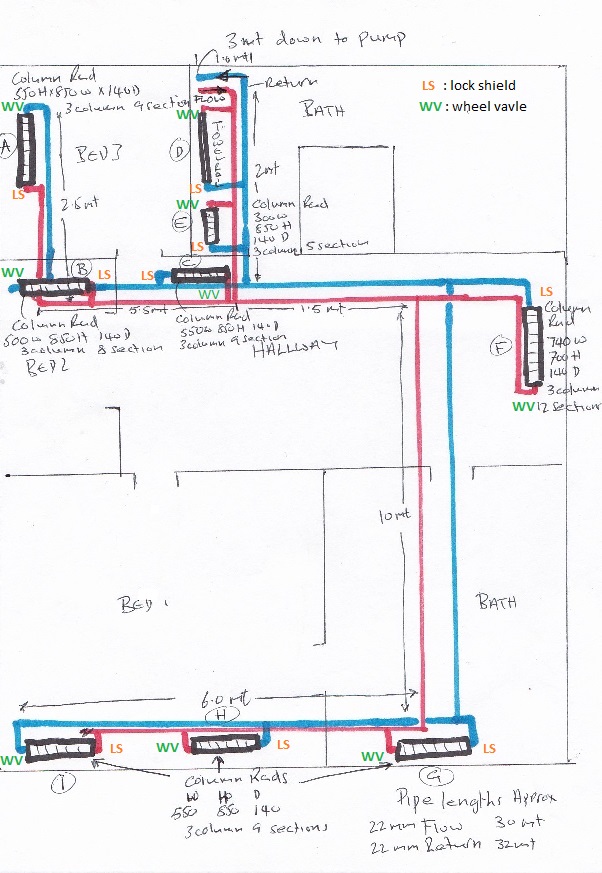Steelmasons mentions the pump being undersized and that it depends on the Index circuit resistance, sounds complex, how do I begin to work out something like that, especially if I'm going to add another zone, is it possible to use booster pumps on other zones?
The index circuit is the run from boiler - radiator - boiler that offers the single greatest resistance to flow for the pump.
Modern boilers can often take up most of the pumps capacity just in and of themselves leaving naff all for the heating circuit.
Calculating it is rather tricky when everything is buried. But is the sum of all pipes, valves and fittings in circuit.
Low loss headers and close coupled tees are becoming more common as a result....
Like this one we did a few years ago now....


